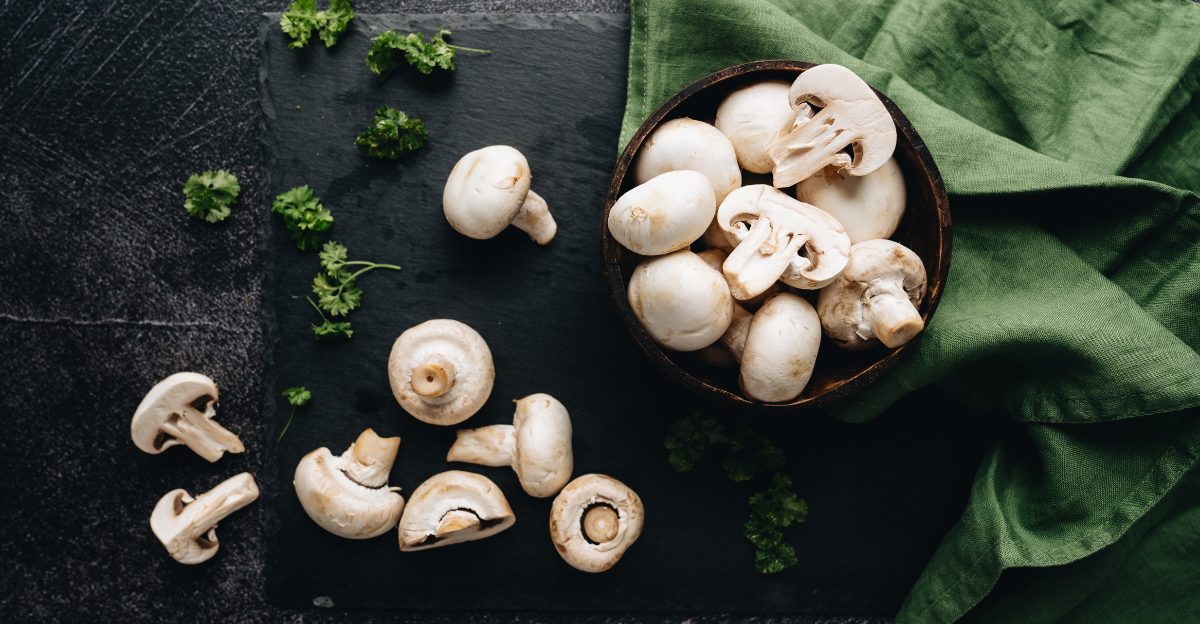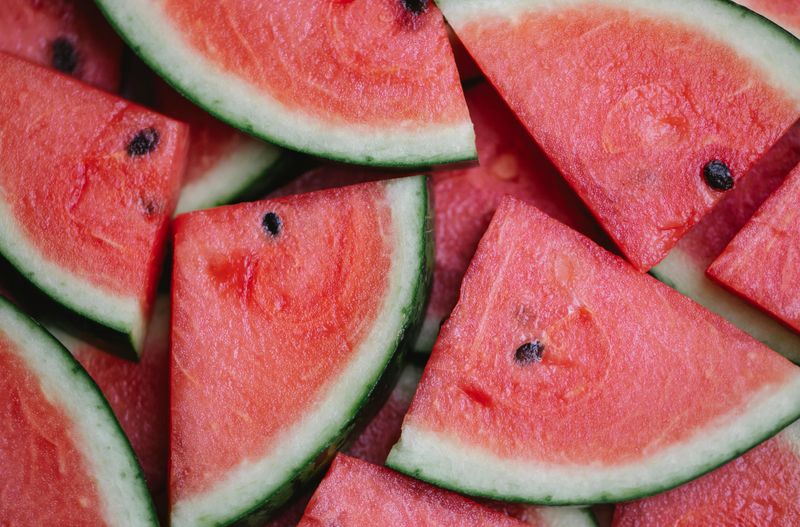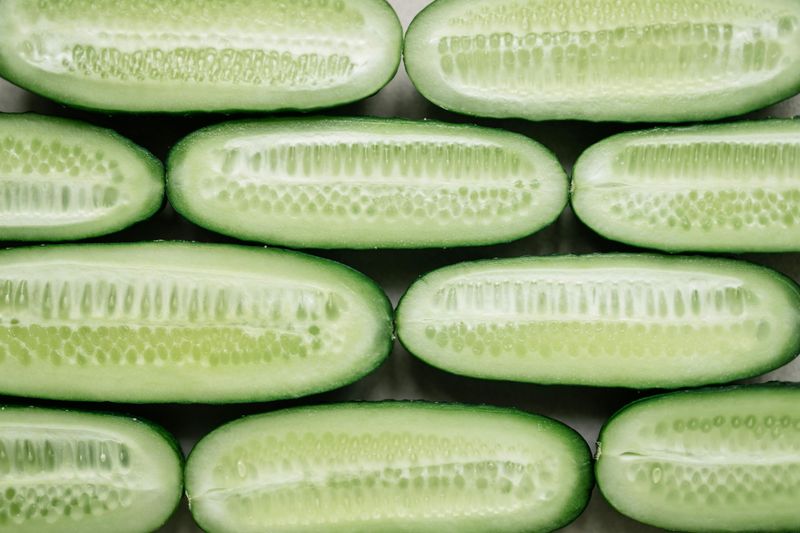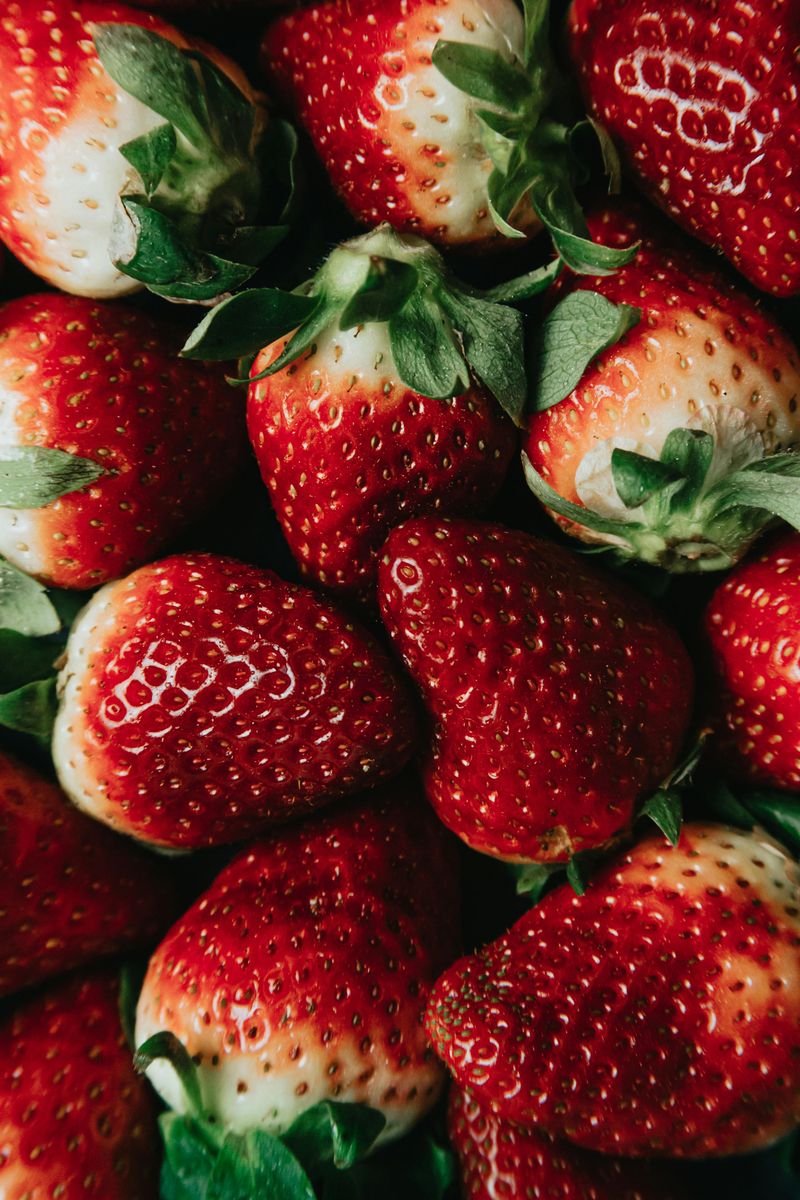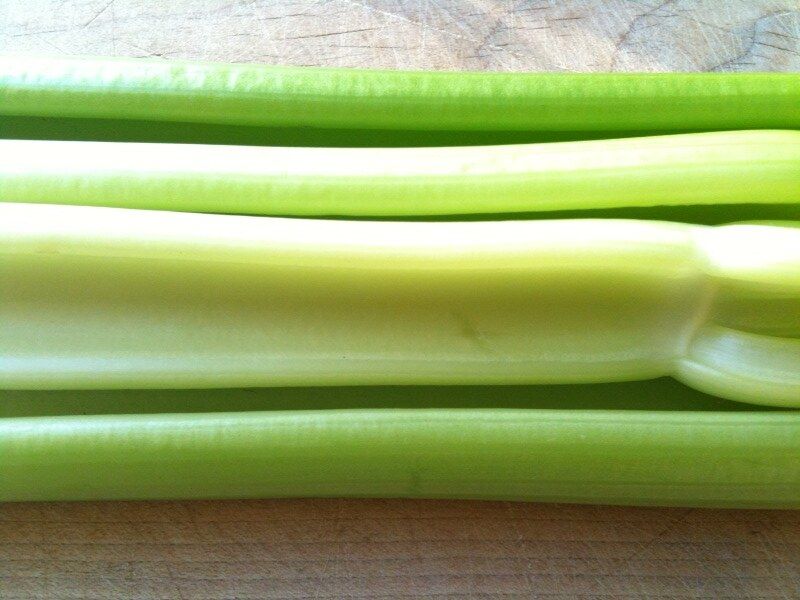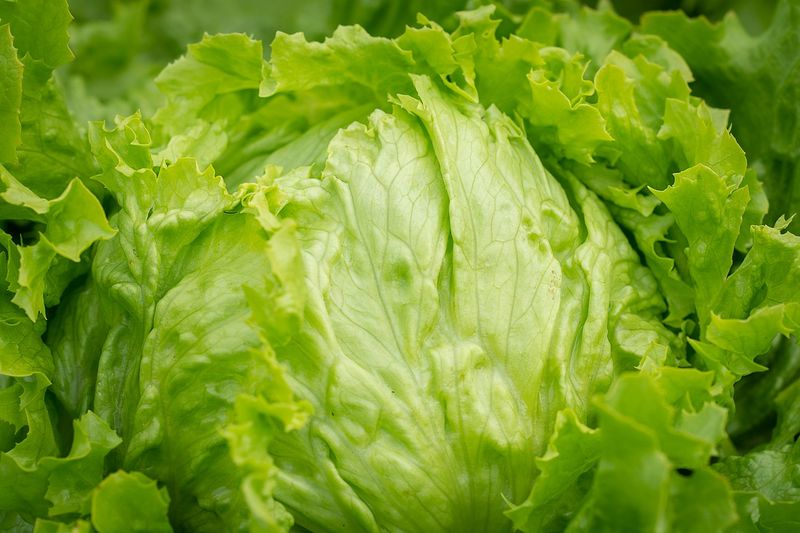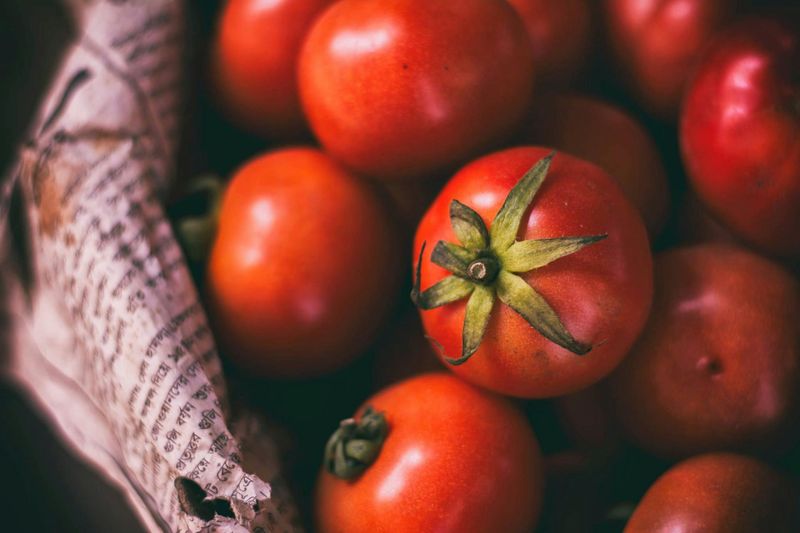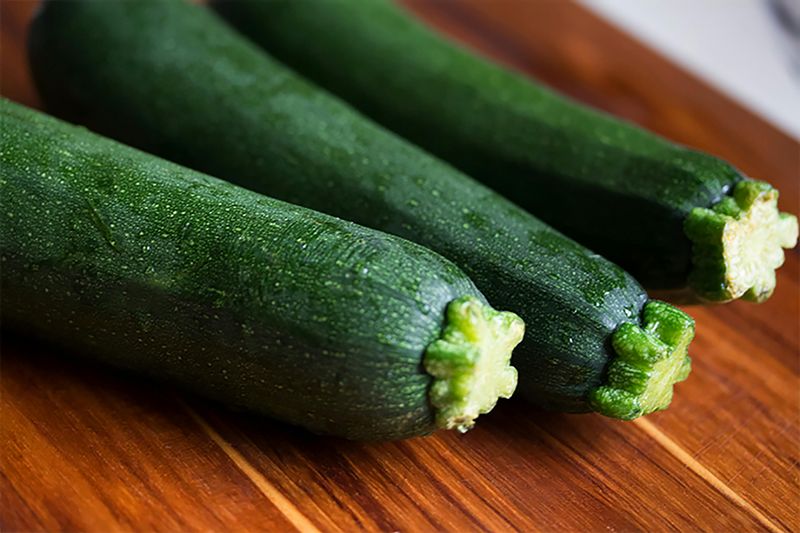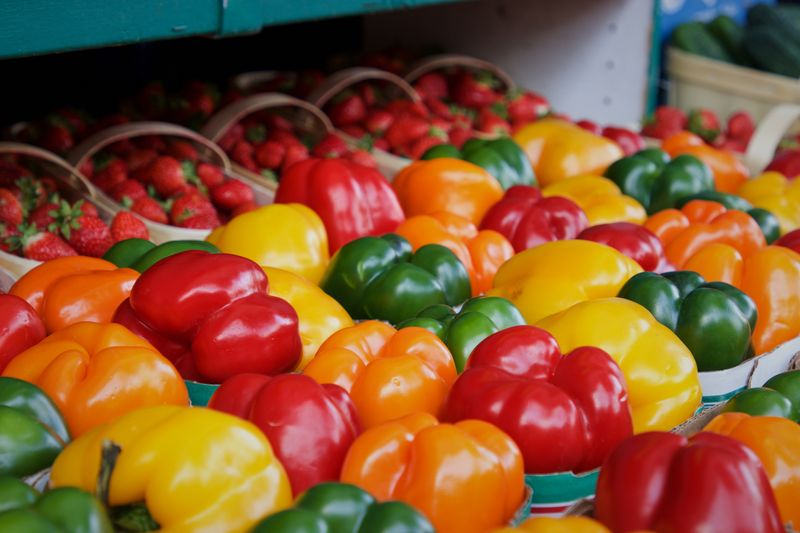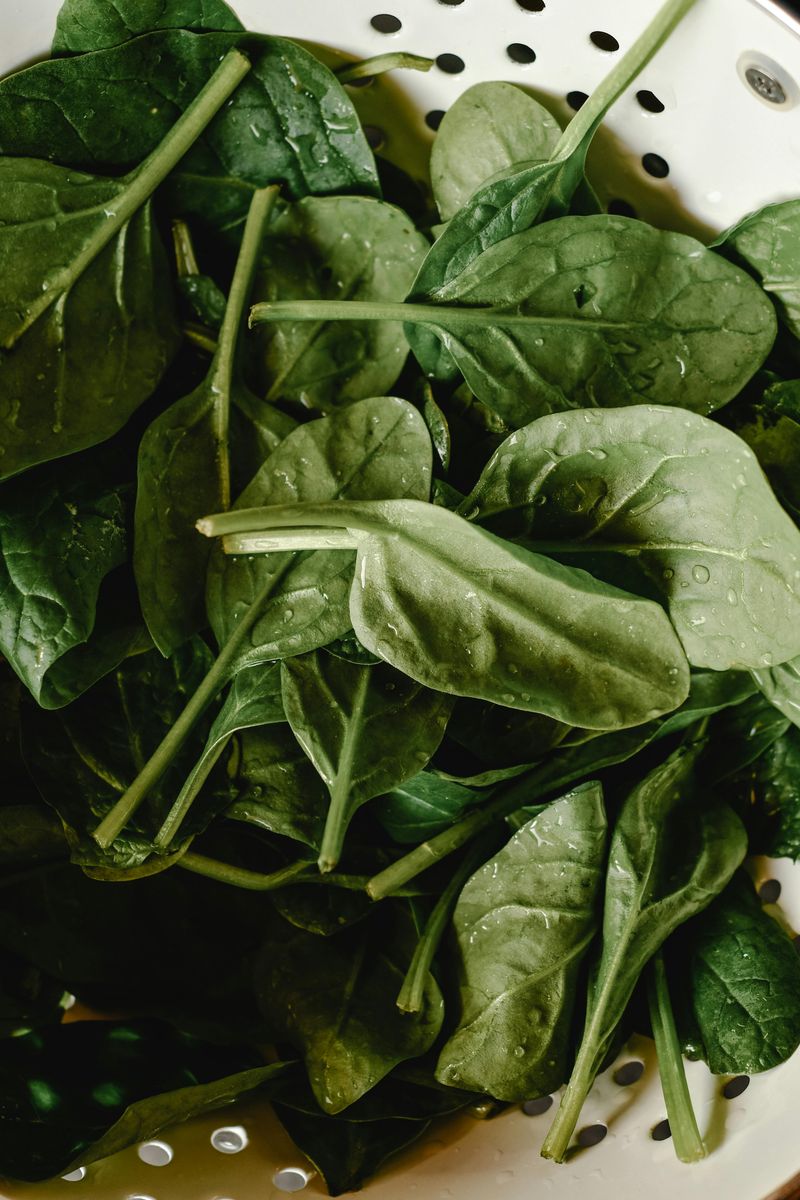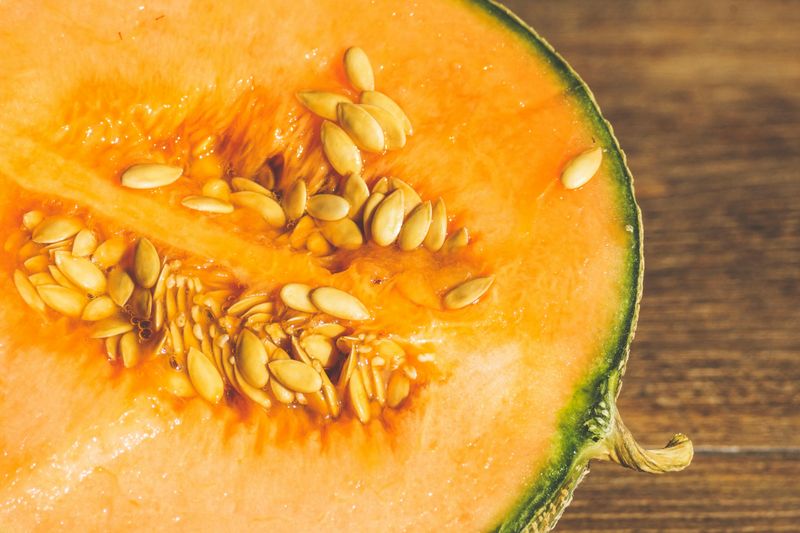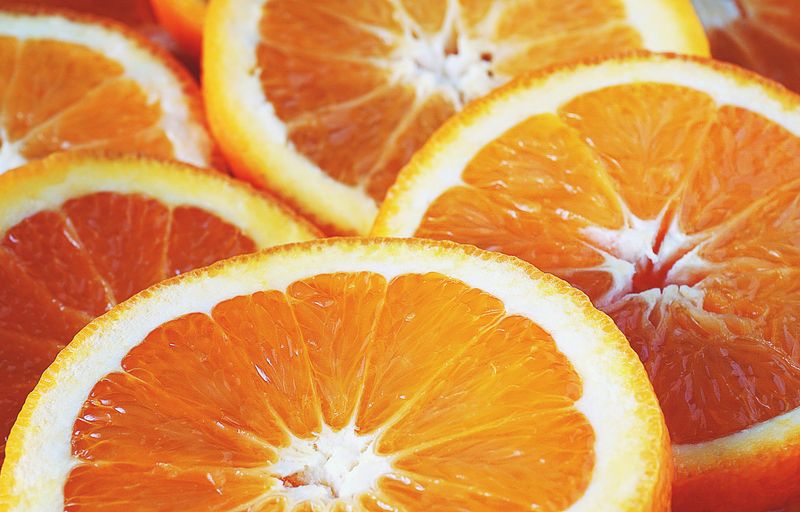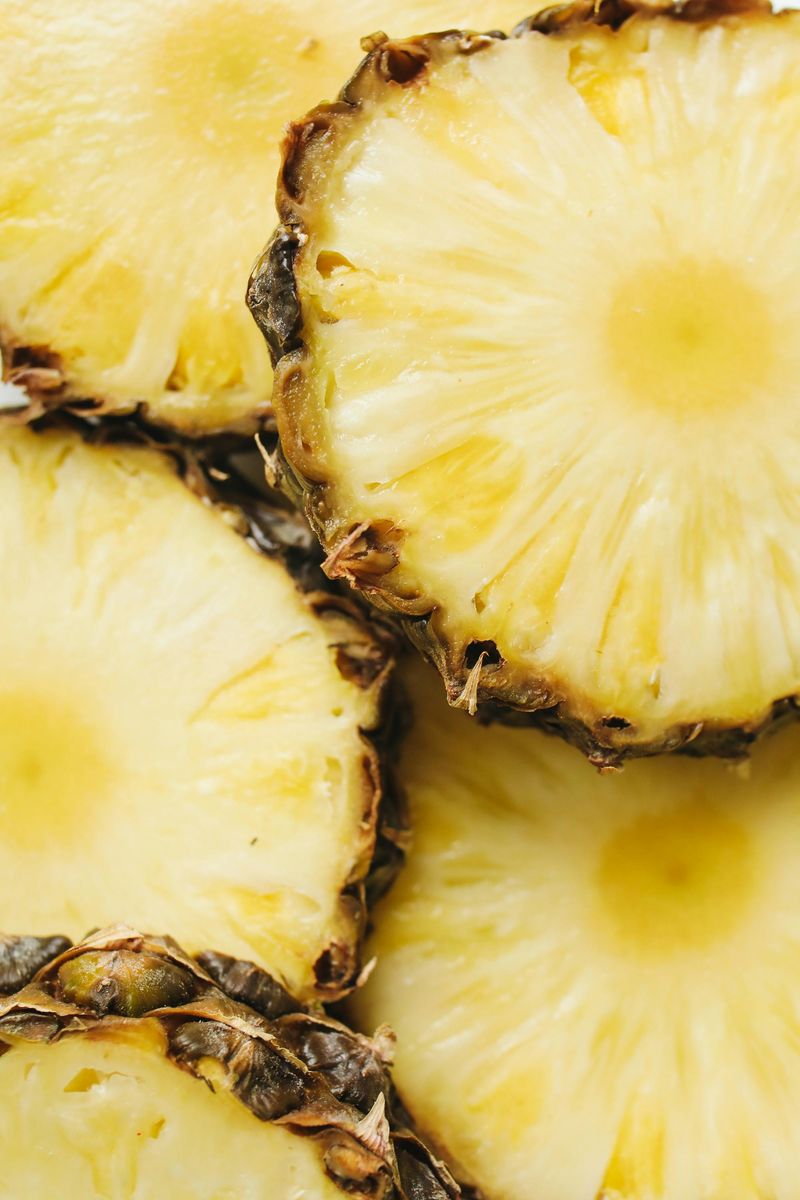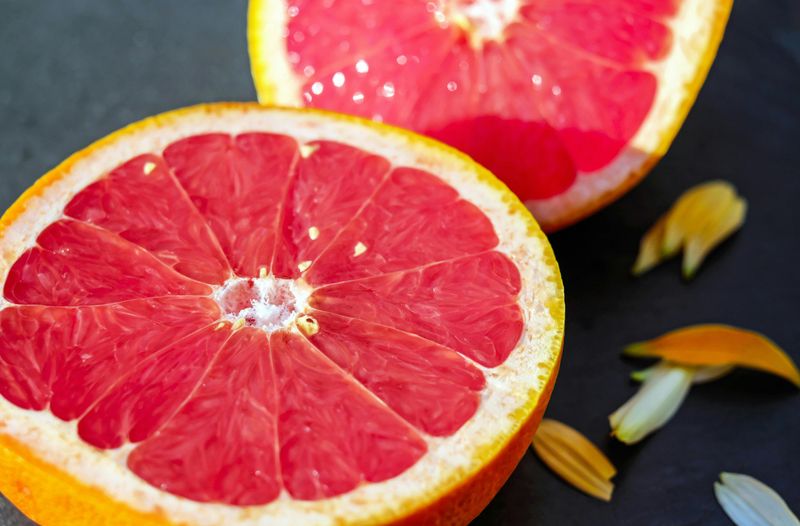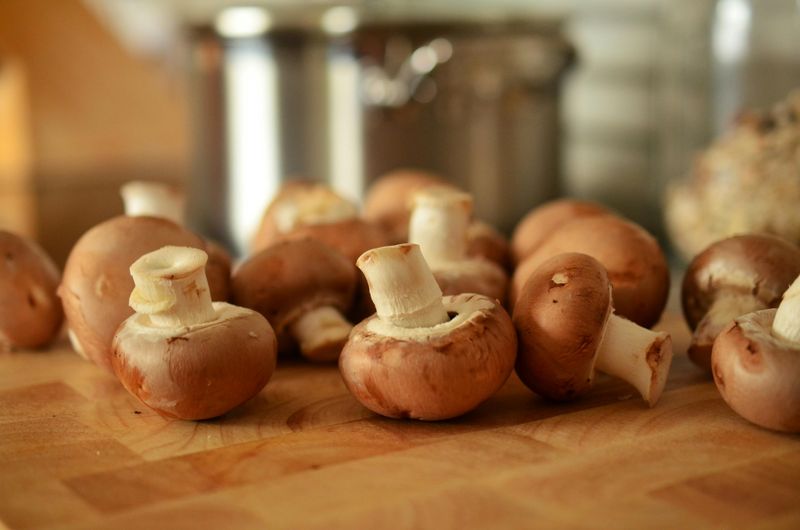Staying hydrated is essential for our health, but sometimes drinking plain water all day gets boring. Good news – many foods are packed with water and can help keep you hydrated while adding flavor and nutrients to your diet. These juicy fruits and vegetables can provide the moisture your body needs while offering vitamins and minerals that plain water doesn’t contain.
1. Watermelon: Nature’s Juicy Treat
Biting into a slice of watermelon on a hot summer day feels like instant refreshment. This ruby-red fruit contains an impressive 92% water, making it one of the most hydrating foods available.
The natural sweetness comes with minimal calories and provides vitamins A and C, plus the antioxidant lycopene. Athletes often reach for watermelon after workouts because it replenishes fluids and electrolytes.
For a fun twist, try freezing small watermelon chunks for a cooling snack, or blend it into a refreshing agua fresca with a squeeze of lime.
2. Cucumber: The Cool Hydrator
Ever wonder why cucumber slices go on tired eyes at spas? Their cooling, hydrating properties work from both inside and outside your body! With 96% water content, cucumbers rank among the most moisture-rich vegetables available.
Crisp and refreshing, these green veggies make perfect snacks when you need hydration without calories. They contain silica, which benefits skin health and provides that satisfying crunch.
Keep cucumbers in your fridge and slice them into water, toss in salads, or make quick pickles for an easy way to boost your fluid intake without reaching for another glass of water.
3. Strawberries: Sweet Hydration Bombs
Those little red jewels in your fruit bowl pack a surprising hydration punch at 91% water. Strawberries deliver serious refreshment while satisfying sweet cravings with natural sugars.
Beyond hydration, each berry offers a wealth of vitamin C—more than oranges by weight! The seeds provide a bit of fiber, helping your digestion while you hydrate. Kids particularly love these berries, making them an easy way to sneak hydration into picky eaters’ diets.
Enjoy strawberries straight from the carton, sliced over yogurt, or blended into smoothies. For a special treat, dip them in a little dark chocolate for a hydrating dessert.
4. Celery: Crunchy Water Sticks
Remember those celery boats with peanut butter from childhood? Those crunchy green stalks contain an impressive 95% water, making them hydration heroes in disguise. The satisfying crunch comes with almost no calories and plenty of electrolytes.
Celery contains natural sodium that helps your body hold onto the water you consume, extending hydration benefits. The fiber content supports digestion while you rehydrate.
Many people find that celery’s subtle flavor makes it an easy addition to meals and snacks. Keep celery sticks ready in the fridge for quick snacking, add them to soups, or use as edible stirrers in tomato juice or bloody marys for adults.
5. Iceberg Lettuce: Crisp Hydration Layers
Often dismissed as nutritionally empty, iceberg lettuce deserves more credit as a hydration hero with 96% water content. Those crisp, pale green leaves provide serious moisture with minimal calories.
While not as vitamin-rich as darker greens, iceberg offers satisfying crunch and mild flavor that won’t overwhelm other ingredients. Its neutral taste makes it perfect for picky eaters who might reject stronger-flavored vegetables.
Many people find iceberg’s cooling effect especially refreshing during hot weather. Use iceberg as wraps instead of tortillas, tear it into tacos for extra moisture, or create a wedge salad with creamy dressing for a hydrating starter.
6. Tomatoes: Juicy Red Hydrators
Bursting with juice when you bite into them, tomatoes deliver hydration with serious flavor punch. These red fruits (yes, technically fruits!) contain 94% water along with lycopene, potassium, and vitamins A and C.
Summer tomatoes fresh from gardens or farmers’ markets offer the most intense flavor and juiciness. Their natural umami taste makes them satisfying enough to eat alone with just a sprinkle of salt.
Cherry tomatoes make perfect portable hydrating snacks when you’re on the go. Enjoy tomatoes sliced with a little olive oil and basil, blended into gazpacho for a hydrating cold soup, or roasted to intensify their flavor while still maintaining moisture.
7. Zucchini: The Versatile Moisture Provider
Summer squash like zucchini might seem humble, but with 95% water content, they’re hydration superstars in disguise. Their mild flavor makes them incredibly versatile in the kitchen while boosting your fluid intake.
Zucchini contains potassium and vitamin C along with its high water content. The skin provides a bit of fiber while the flesh offers that satisfying moisture. Many people appreciate how zucchini takes on the flavors of whatever it’s cooked with.
Try spiralizing zucchini into noodles for a hydrating pasta alternative, grill slices for a juicy side dish, or grate it into baked goods where it adds moisture without changing the flavor.
8. Bell Peppers: Colorful Hydration Cups
Those colorful vegetable jewels contain a surprising 92% water, making them excellent hydration sources. Bell peppers deliver a satisfying crunch along with their high moisture content and sweet flavor.
Red peppers offer the most nutrition, packing more vitamin C than oranges along with beta-carotene and other antioxidants. Yellow and orange varieties provide slightly different nutrient profiles while green peppers offer a more economical option. The hollow center makes them nature’s perfect edible cups.
Enjoy bell peppers raw with hummus, stuff them with quinoa or rice for a hydrating meal, or roast them to bring out their natural sweetness while maintaining most of their moisture.
9. Spinach: The Leafy Hydration Powerhouse
Popeye’s favorite food isn’t just for muscles—it’s 91% water! Spinach packs serious hydration into those tender green leaves along with iron, calcium, and vitamins A and K. Unlike tougher greens, spinach wilts quickly when cooked, releasing its moisture into soups and sauces.
The mild flavor makes it easy to add to smoothies without overwhelming other ingredients. Baby spinach offers the most delicate texture and is often preferred for eating raw in salads.
Add handfuls to smoothies for invisible hydration, wilt into pasta dishes, or enjoy as a salad base. For maximum nutrients and hydration, try a light sauté rather than full cooking.
10. Cantaloupe: The Orange Hydration Melon
Cut open a cantaloupe and watch the juice pool in its center—evidence of its impressive 90% water content. The sweet orange flesh provides hydration with a side of natural sugar for quick energy.
Cantaloupes pack beta-carotene (giving them that orange color) along with potassium and vitamins A and C. The electrolytes in cantaloupe make it especially effective for rehydration after exercise or illness. Many people find the aromatic sweetness more satisfying than plain water.
Enjoy cantaloupe cubes straight from the fridge, blend into smoothies, or freeze small chunks for a refreshing treat. The rind can even be pickled for a zero-waste approach to this hydrating fruit.
11. Oranges: Portable Hydration Packets
Nature’s perfectly packaged hydration source, oranges contain 87% water in convenient, portable form. The natural segments make portion control effortless while providing refreshing moisture.
Beyond their famous vitamin C content, oranges offer folate, potassium, and fiber along with their hydration benefits. The slight acidity stimulates saliva production, further enhancing hydration.
Many athletes reach for oranges during breaks for quick moisture and energy. Enjoy oranges as-is, squeeze fresh juice when you need faster hydration, or add segments to salads for juicy bursts.
Even the zest can be used to add citrus flavor to water for those who need flavor encouragement to stay hydrated.
12. Pineapple: Tropical Hydration Treasure
This spiky tropical fruit hides a golden interior that’s 87% water. Pineapple delivers tropical sweetness along with serious hydration benefits and digestive enzymes like bromelain.
The juicy flesh contains manganese, vitamin C, and natural sugars that provide quick energy. Many people find pineapple’s bold flavor satisfying when plain water seems boring. The enzyme bromelain helps break down proteins, potentially aiding digestion while you hydrate.
Enjoy fresh pineapple chunks as a snack, grill slices for a caramelized treat, or blend into smoothies for tropical hydration. Frozen pineapple makes refreshing snacks that slowly release moisture as they melt in your mouth.
13. Grapefruit: Tangy Hydration Segments
With 88% water content, grapefruit delivers serious hydration with a wake-up-your-tastebuds tang. The pink or ruby varieties add visual appeal while providing slightly different nutrient profiles.
Grapefruit contains naringin, which gives it that characteristic bitter-sweet flavor and potential health benefits. The high vitamin C content supports immune function while you hydrate.
Many people find the tart flavor particularly refreshing first thing in the morning. Enjoy grapefruit segments with a sprinkle of sugar if the tartness is too much, blend into smoothies with sweeter fruits, or squeeze fresh juice. A half grapefruit with breakfast provides hydration to start your day right.
14. Mushrooms: Unexpected Hydration Heroes
Surprise! These fungi friends are 92% water, making them unexpected hydration sources. Mushrooms absorb and hold moisture, releasing it during cooking or when you eat them.
Beyond hydration, mushrooms provide B vitamins, selenium, and unique compounds not found in other foods. Their umami flavor adds satisfaction without many calories. White button mushrooms are most common, but varieties like portobello and shiitake offer different textures and nutrient profiles.
Add sliced raw mushrooms to salads for moisture and crunch, sauté them to release their juices into sauces, or use portobello caps as juicy burger alternatives. Mushroom broth makes a hydrating alternative to regular broths for soups.
